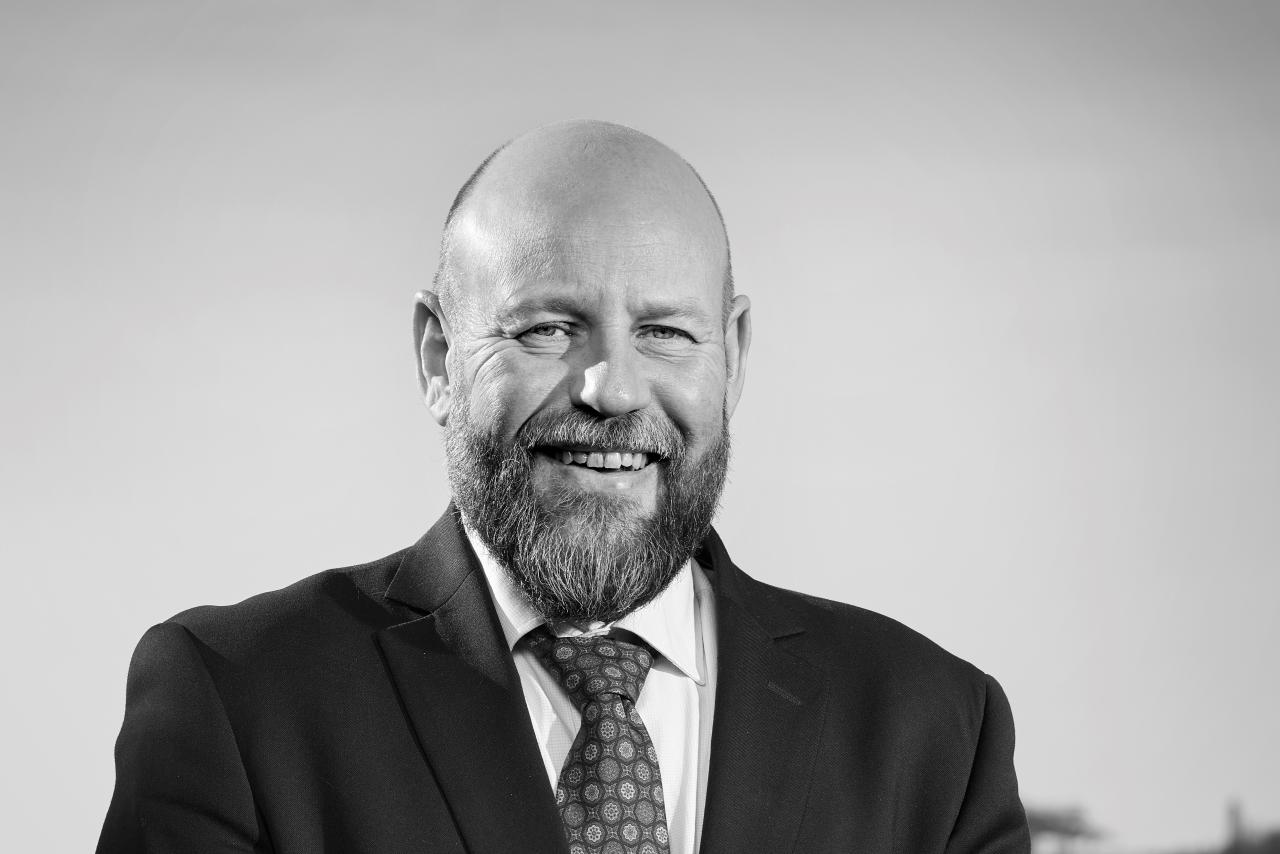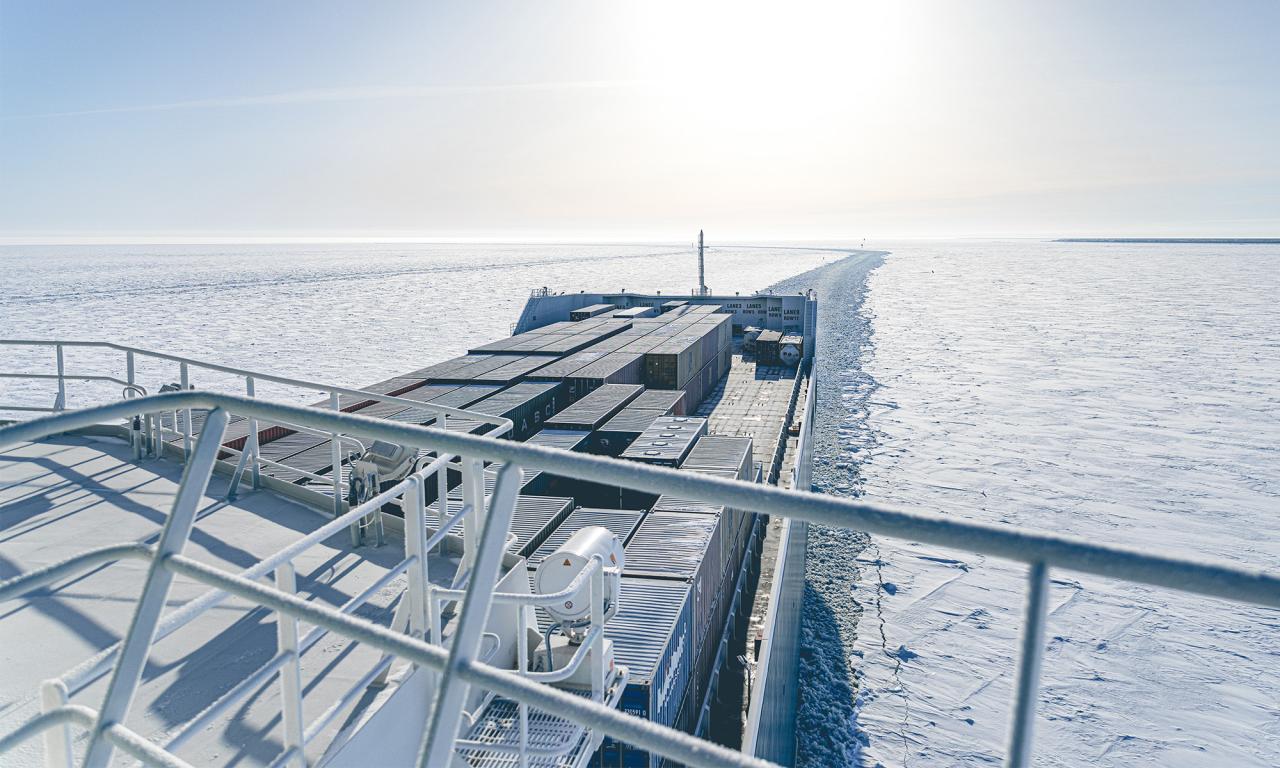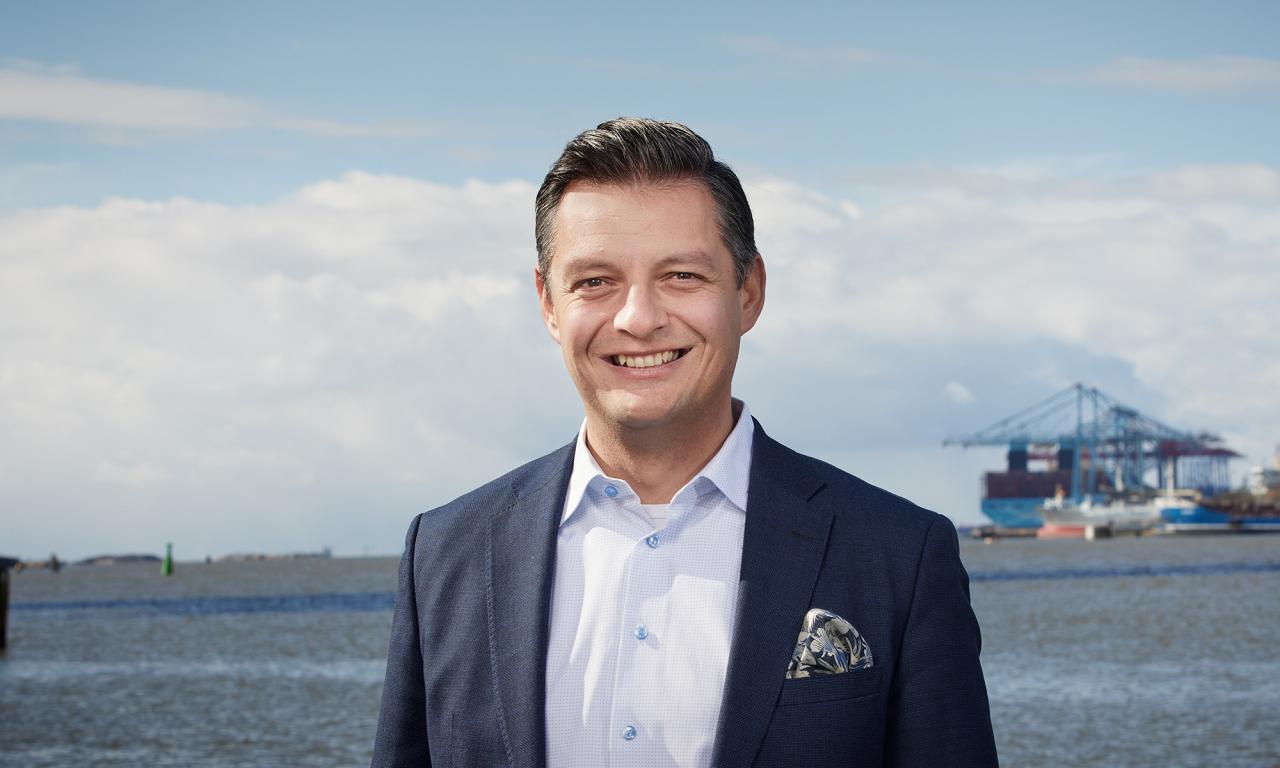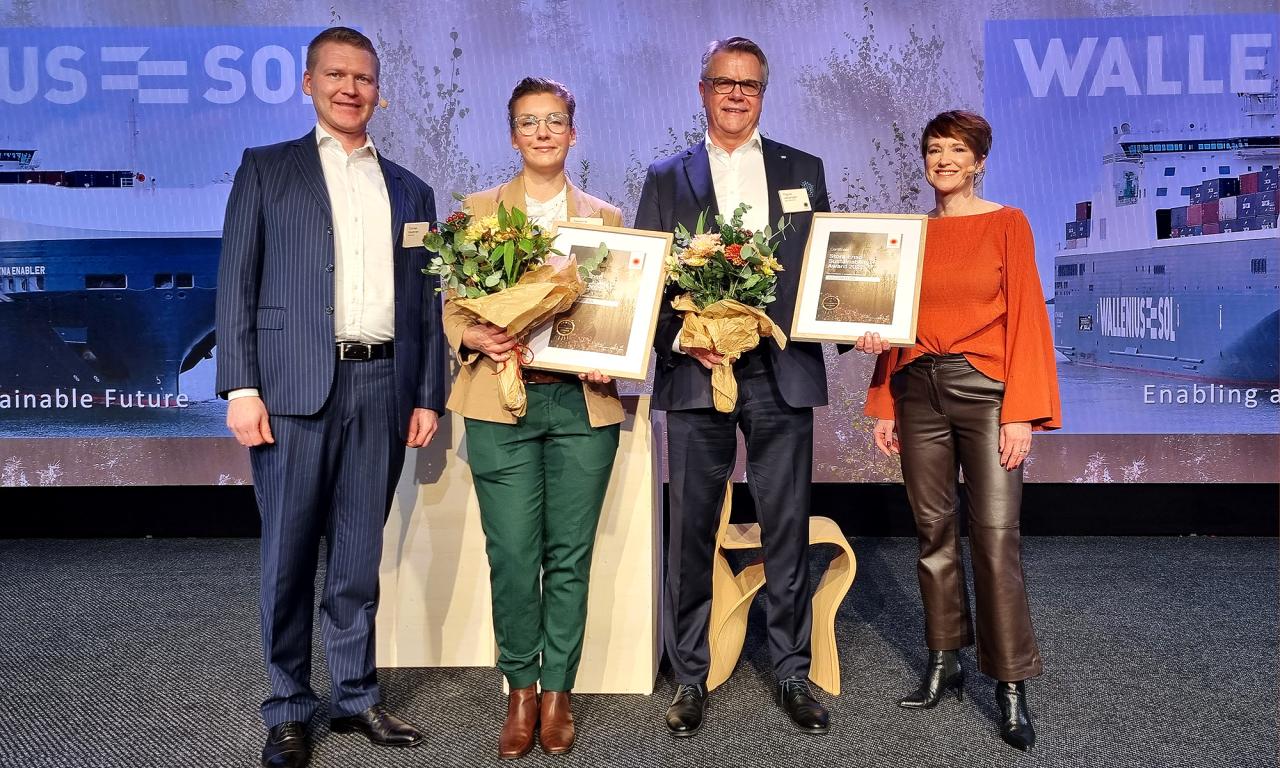WALLENIUS SOL leading the low-emission RoRo league
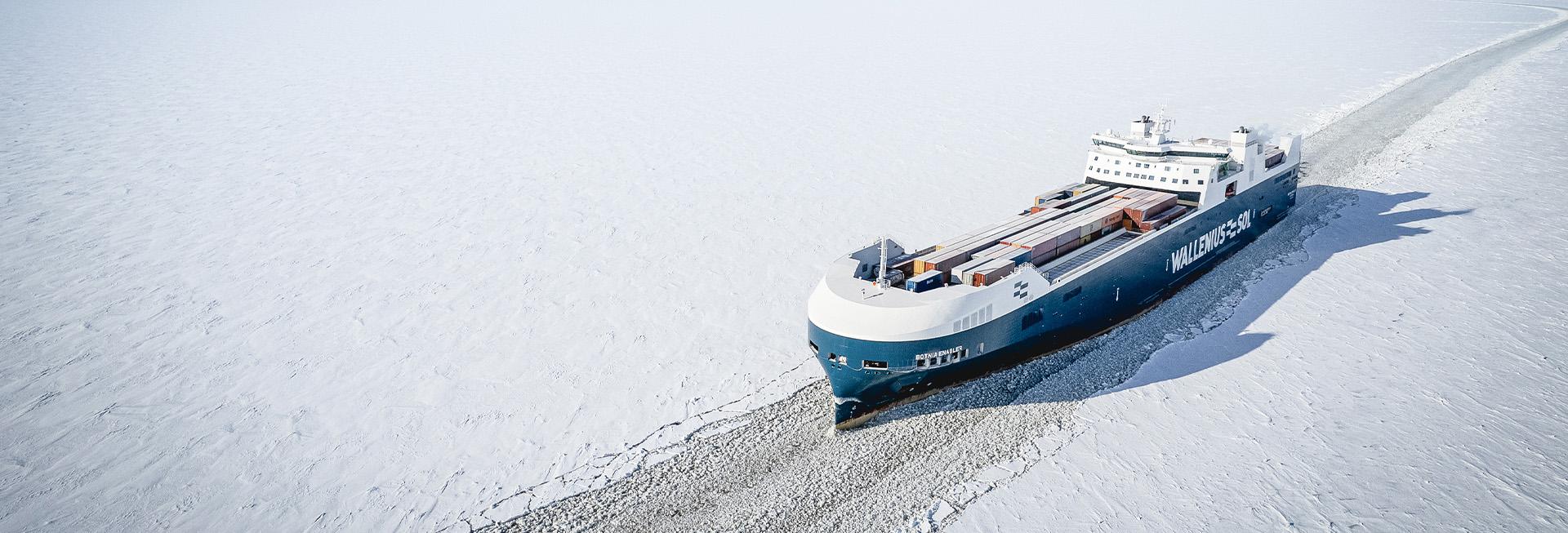
When the 2022 MRV report was published, it became clear that WALLENIUS SOL’s sister ships Botnia Enabler and Baltic Enabler emit the lowest CO2 per tonne per nautical mile in the 1A Super RoRo segment. Even the shipping line’s older T-class vessels compare well with other vessels operating in EU waters.
Since 2018, it has been mandatory for shipping lines with vessels above 5,000 gross tonnes and which call at ports within the EU, to collect and report emission data. The purpose is to monitor CO2 emissions from shipping, down to the individual ship level. The latest MRV report (Monitoring, Reporting, Verifying) from EMSA shows that of the 28 RoRo vessels in the 1A Super ice class, WALLENIUS SOL’s two Enabler vessels have the lowest CO2 emissions per tonne per nautical mile.
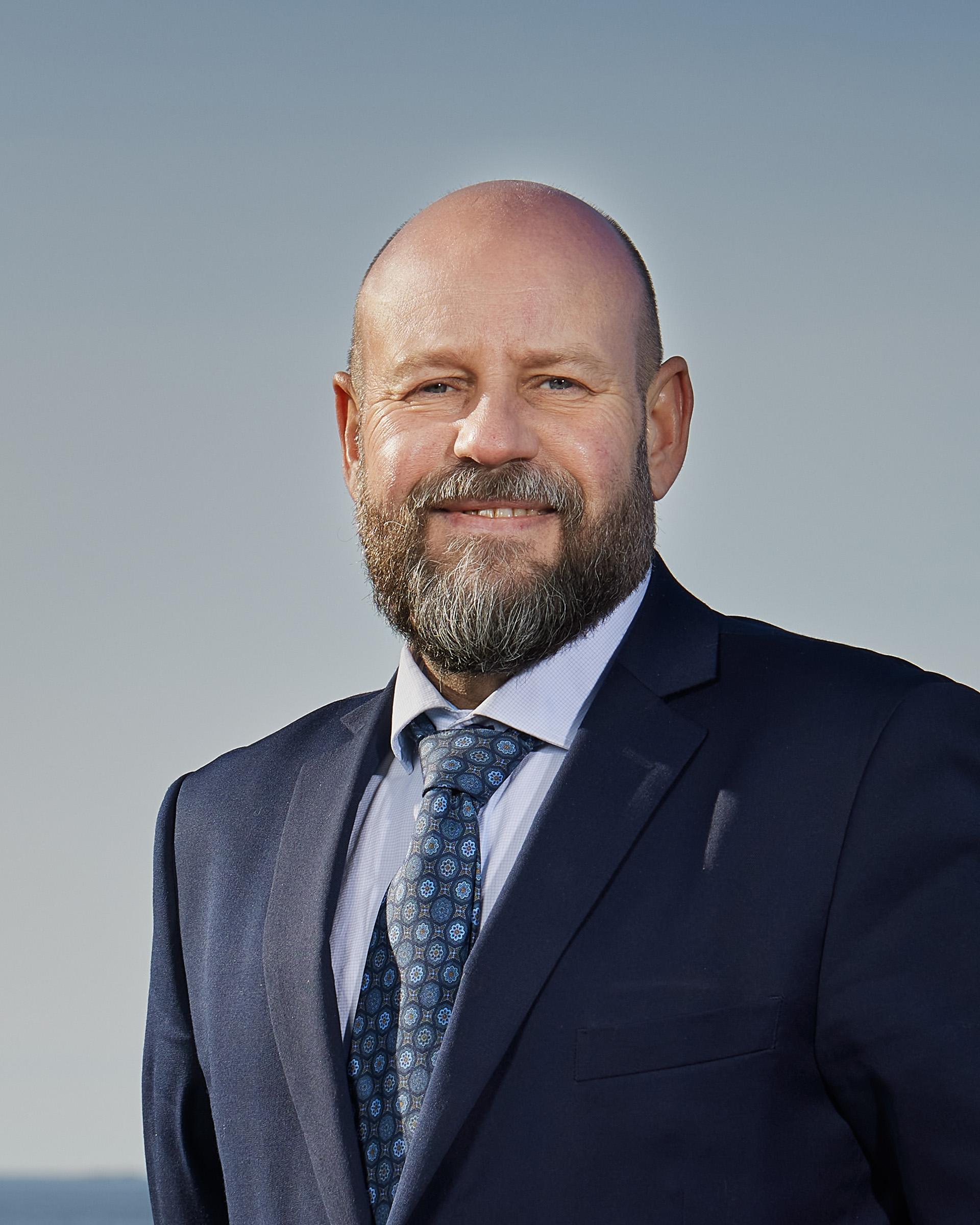
Botnia Enabler and Baltic Enabler are currently the biggest ice-rated vessels in Europe. Even though ice conditions during their first winter season in the Gulf of Bothnia were challenging, the vessels performed above expectations.
“We have the latest technology, experienced crews and a design optimised for our load composition and the tough conditions in the Gulf of Bothnia. And because we know the vessels can do even more, we will continue to improve operational performance and fine tune our routes,” says Henrik Karle, COO, WALLENIUS SOL.
WALLENIUS SOL’s older vessels continue to perform well
WALLENIUS SOL currently has five ships in its fleet – the three T-class vessels (Thuleland and Tavastland, 2006, and Tundraland, 2007) plus the Enabler vessels delivered in 2022. Despite increasing competition from a growing number of new-build vessels, the T-class ships are in the top 15 in terms of low CO2 emissions.
“It’s gratifying to note that our ships, both the ultramodern Enablers and the older T-class vessels, are performing so strongly in terms of energy efficiency, load efficiency and handling efficiency. WALLENIUS SOL is dedicated to promoting sustainable shipping, and this is just the beginning of our journey,” says Henrik Karle.
EU MRV in brief
The European Monitoring, Reporting, Verifying (MRV) Regulation came into force in 2015, and the first reporting period began on 1 January 2018. The system is a method for measuring and monitoring CO2 emissions at the individual ship level. In practice, shipping companies must collect and verify fuel consumption data for each vessel above 5,000 gross tonnes, on voyages impacting the EU. Current MRV data is published at https://mrv.emsa.europa.eu/#public/emission-report
